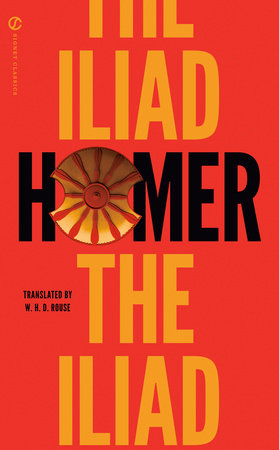“That V-2 on the way?”
“A4, yes.”
He hangs at the bottom of his blood’s avalanche, 300 years of western swamp-Yankees, and can’t manage but some nervous truce with their Providence. A détente. Ruins he goes daily to look in are each a sermon on vanity. That he finds, as weeks wear on, no least fragment of any rocket, preaches how indivisible is the act of death . . . Slothrop’s Progress: London the secular city instructs him: turn any corner and he can find himself inside a parable.
This year’s reading challenge at The Wild Detectives is Thomas Pynchon’s Gravity’s Rainbow. Now that I’ve reached the 50% mark of the text, I thought I should try to say something about the book.
The structure of the plot contains many narrative folds, which is both keeping me entertained as well as giving me plenty to think about. The story touches on mechanics, chemistry, psychology, pharmacology, linguistics, sexuality, history, geography, and the pseudoscience of race, among other fields. A constellation of characters gravitate around at least one particular realm. Roger Mexico, for example, gravitates toward statistics, which tracks both the mechanics of missile launches as well as sexual acts.
Slothrop, the main character, manages to transcend all of these areas yet is still drawn, seemingly inexplicably, into each one during his quest to understand the secret of both his own past as well as that of the development of the S-Gerät (short for Schwarzgerät, “black device”), which is made out of a synthetic ingredient called Imipolex G that was to be used as a weapon by Nazi Germany.
Like William Burroughs’ routines–the surreal, hallucinogenic narratives that make up the devised plots of his novels–Pynchon’s routines incorporate the surreal but within a scientific framework as if to critique its inherent, implied undergirding positivism, the view that there is an epistemological endpoint, that everything can (and will) be perfectly understood with enough data, experience, modeling, etc. Often, each routine is parabolic in at least three senses.
1) The structure of the scene follows a trajectory, a narrative arc. But even more than that, the structure is almost self-aware and self-generating. Pynchon devises background stories, asides, plot points, and characters that mirror, reflect, and refract the routine’s structure as well as each other, resulting in a proliferation of parabolas that rise and fall back toward a (sometimes absent) center, or toward its destination, or back toward its point of origin. There are doubles but only insofar as an arc has both an ascent and a descent.
2) The routine reads as a quasi-scientific parable meant to teach a hard truth about what it means to be human or to serve as a parable against positivism.
3) Thematically and linguistically, there is a hall of mirrors of parabolas in which the characters find themselves: U-boats, torpedoes, helmets (especially a Viking helmet with the horns removed), V-2 rockets, penises, rocket trajectories, Poisson distributions, octopi, turds, GIs and IG and Imipolex G and AG and GE (and I wonder if in Pynchon’s decoder ring a G is nothing but half an S: S-Gerät), A’s that are flipped V’s and the two different G’s of the New Turkic Alphabet that Tchitcherine is developing in Central Asia in order to liquidate (read: make extinct, like the dodo, like the Herero) illiteracy.
Overlaying all of this is the binary grid structure of off/on, black/white, 0’s and 1’s–those concepts that resist the parabolic structure of gradation, doubles, and inverses.
Finally, I don’t know how people who don’t read other languages read books. I don’t know how I could read and appreciate and understand Gravity’s Rainbow the way I do without my background in German and Russian and (now) Spanish.

